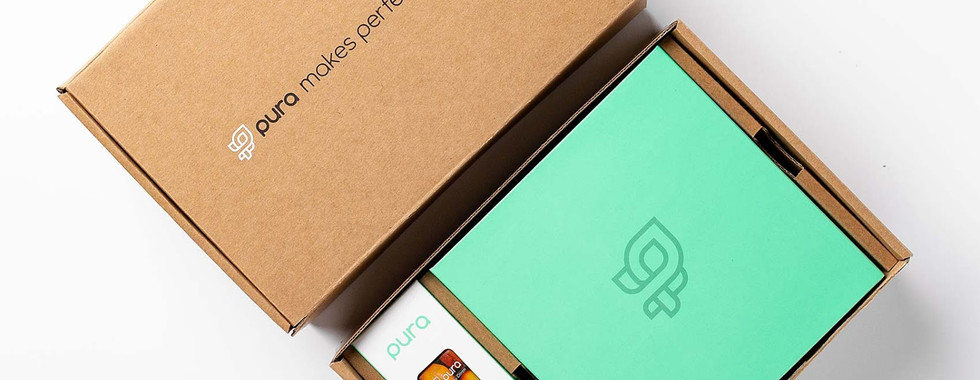
In a world where visual stimuli abound, it's easy to overlook the significance of packaging design. Yet, nestled within each product's exterior lies a meticulously crafted piece of art that not only protects its contents but also communicates a brand's essence and values. Let's embark on a journey to unravel the artistry of packaging design and explore how it shapes our perceptions and experiences, one box at a time.
This post covers the aspects of packaging design:
Introduction: The Power of Packaging Design
The Art of Storytelling Through Packaging
Balancing Form and Functionality
The Rise of Sustainable Packaging Design
Embracing Personalization in Packaging
Packaging Design: A Catalyst for Social Change
The Power of Packaging Design:
Packaging design is far more than just an aesthetic endeavor—it's a strategic process that begins long before a product hits the shelves. It involves a delicate balance of form and function, where every element is carefully considered to create a cohesive and impactful design. From the choice of materials to the typography and color palette, each decision plays a crucial role in shaping the overall look and feel of the packaging.
The Art of Storytelling Through Packaging:
At its core, packaging design is about storytelling. It's a visual narrative that conveys the essence of a brand and establishes an emotional connection with consumers. Whether it's through sleek and minimalist designs that exude sophistication or bold and vibrant graphics that capture attention, packaging has the power to evoke emotions and leave a lasting impression.
Consider, for example, the iconic Tiffany & Co. blue box. Its simple yet elegant design instantly evokes feelings of luxury and exclusivity, serving as a symbol of the brand's prestige and timeless appeal. Similarly, the whimsical and colorful packaging of Benefit Cosmetics reflects the brand's playful personality and commitment to fun and femininity.
Balancing Form and Functionality:
But packaging design is not just about aesthetics—it also plays a crucial role in functionality and usability. A well-designed package not only protects the product within but also enhances the user experience. Whether it's through innovative features like easy-open tabs or ergonomic shapes that fit comfortably in hand, packaging design can make everyday tasks simpler and more enjoyable for consumers.
The Rise of Sustainable Packaging Design:
In recent years, there has been a growing emphasis on sustainable packaging design. With increasing awareness of environmental issues and a shift towards more eco-conscious consumption, brands are under pressure to minimize their environmental impact. This has led to a surge in innovative packaging solutions, from biodegradable materials to minimalist designs that use less packaging overall.
One notable example is the redesign of the classic Coca-Cola bottle. In an effort to reduce waste and promote sustainability, the brand introduced the PlantBottle—a PET plastic bottle made partially from plant-based materials. This groundbreaking innovation not only reduces the reliance on fossil fuels but also demonstrates Coca-Cola's commitment to environmental stewardship.
Embracing Personalization in Packaging:
In addition to sustainability, another trend shaping the future of packaging design is personalization. With advancements in technology, brands now have the ability to create customized packaging experiences that resonate with individual consumers. Whether it's through personalized labels, engraved messages, or interactive packaging features, personalization allows brands to forge deeper connections with their audience and stand out in a crowded marketplace.
Packaging Design: A Catalyst for Social Change:
As we delve deeper into the artistry of packaging design, it becomes clear that its influence extends far beyond the realm of commerce. Packaging design has the power to shape our perceptions, evoke emotions, and even inspire social change. Whether it's through innovative materials that reduce waste or inclusive designs that celebrate diversity, packaging has the potential to make a positive impact on society as a whole.
In conclusion, packaging design is a multifaceted discipline that blends artistry, functionality, and storytelling. From its ability to communicate brand identity to its role in enhancing the user experience, packaging design plays a crucial role in shaping our world one box at a time. As consumers, we have the power to support brands that prioritize thoughtful and sustainable packaging design, ensuring a brighter and more beautiful future for generations to come.













